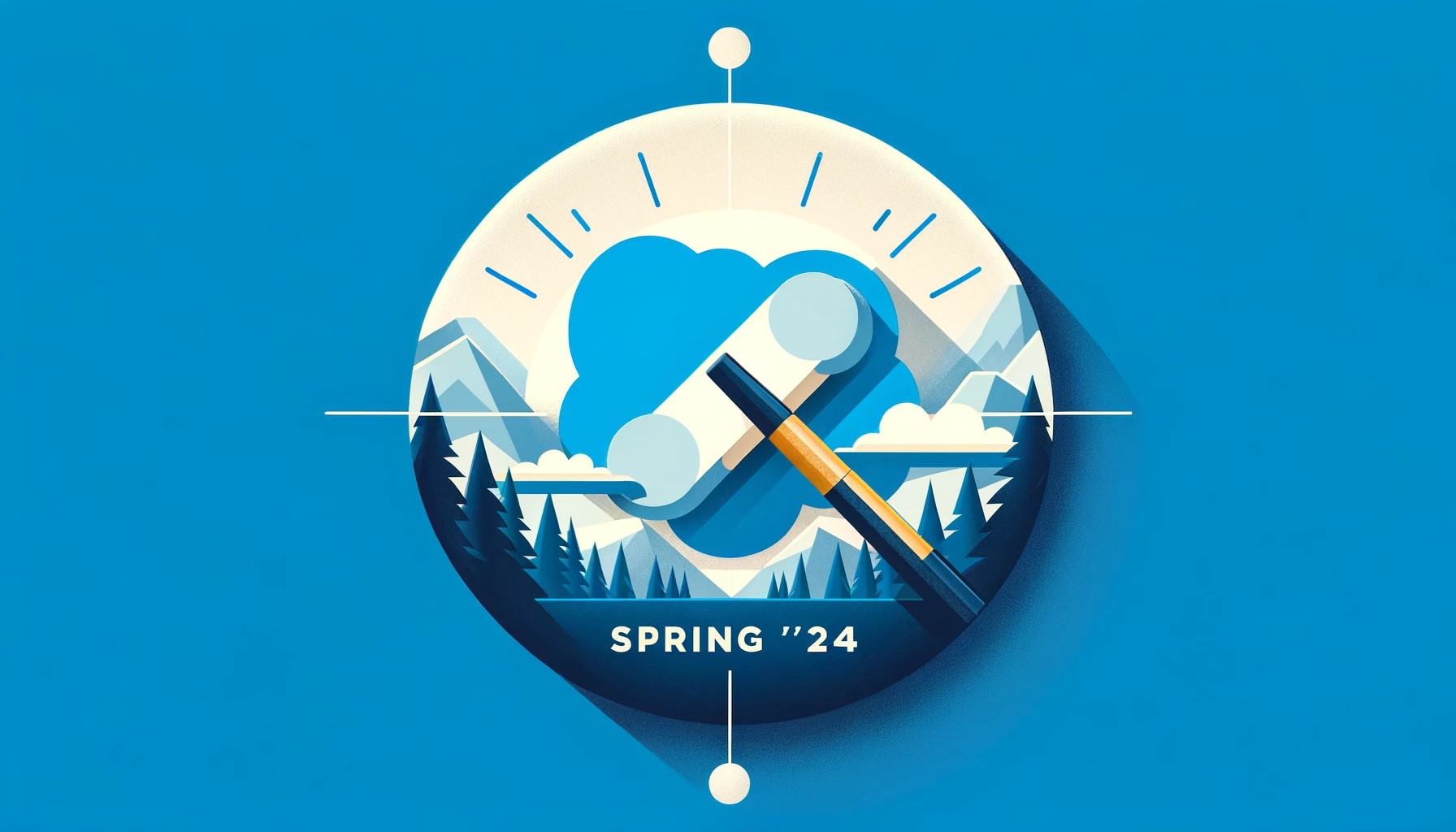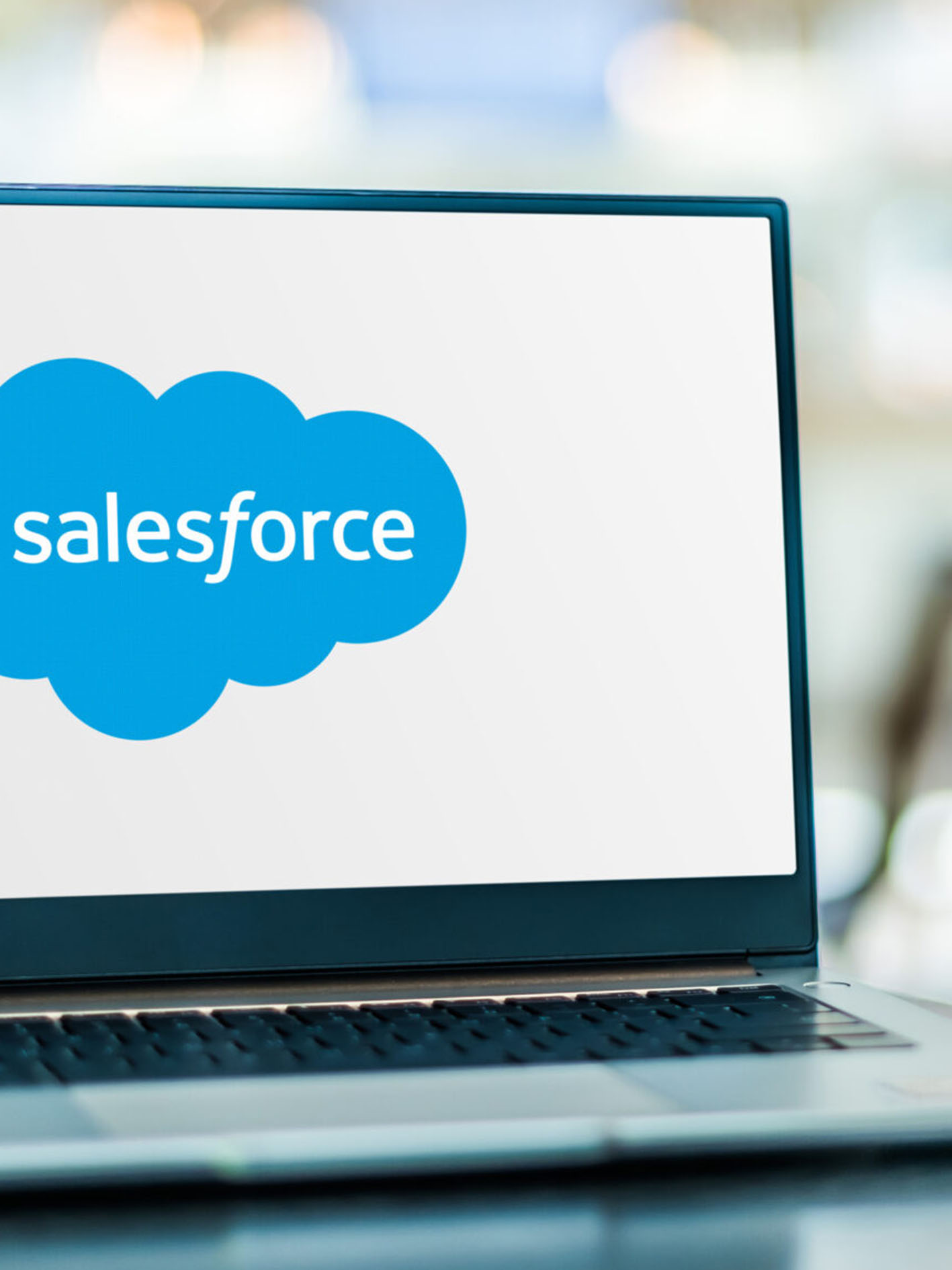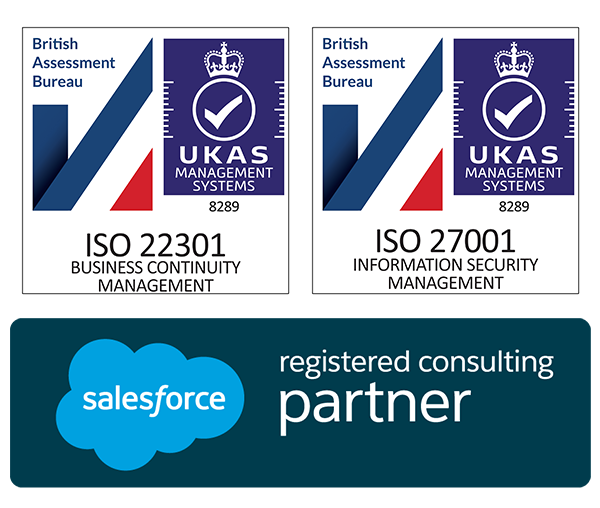
Planning a Salesforce Community That Engages

The word community often conjures thoughts of personal connection and interaction, and in whatever medium physical or digital, something that grows organically. So when it comes to planning a Salesforce community from scratch, we are trying to design it in a way that doesn’t seem forced but encourages growth and adoption in the quickest and most impactful way. Doing so will mean our community members engage regularly and grows over time.
The most important part of any community is the planning as without this you risk compromising all of the above. So, let’s look at how we can make this phase a success.
Why are you doing this?
Know it and document it. In doing so, it helps to think about it in 2 areas:
What will the purpose of the Community be?:
Will it be a community to engage your partners? Or will it be a support portal? Will it be a place for you to update customers on the latest trends or business ideas? Perhaps your community will be different things for different user groups. The capabilities of Salesforce Communities are so wide-ranging that you need to have a clear mission statement to ensure the design stays true to the objective.
What do we want to get out of this as an organisation?:
Often businesses reach a point where they think they should have a support portal or a partner portal because they have reached a critical mass and it is the natural next step. If you are building a support portal, will this just be a means of registering queries or will you be publishing articles and creating community help groups? This enables users to self-serve, in the hope that this will reduce ticket submissions. If you are creating a partner portal, will you be publishing sales tools and marketing materials that reduce the number of queries coming directly to individuals? Even increase the volume of co-selling? Having clear business objectives will help you prove ROI when planning a Salesforce community.
How will you make sure it is relevant?
Once you have an objective for your organisation, think about the driving force that will keep Community members engaged. If the content is relevant and interesting, they will keep coming back. Research extensively. Ask users what sort of content they would like. Review competitor sites and portals, sign up for some to get ideas. All these help build a plan for engaging content. Once you have a view on the most relevant focus, break this down into a detailed plan of what conversation threads you will create to start with and what Topic groups you will create for people to join. Plan this out for a 6-month period post rollout so that you have a clear roadmap for community management. Getting ahead on this will help you remain focussed as the Community grows.
How will you foster the engagement?
Encouraging conversation and interaction often means getting involved. Consider how you will do this so that it feels like a natural addition to the Community and not like you’re policing posts. There are a number of ways that this can be done:
Commenting – Being present within the Community shows that you are engaged and you care about the community itself. Posting comments on members’ posts also shows that there is an authority and structure within the group. This gives confidence in a professional community. This can be answering members questions or thanking them for their feedback and ideas. It is a good idea to have an internal process for capturing ideas that have come from Community discussions so that these can be fed into business/product development processes.
Targeting users directly – This is more or less impactful depending on the size of your Community but you may want to think about suggesting that certain users join particular topic groups that may be relevant to them
Chat – Will you have a chat capability within the Community so that members can have a direct conversation with you? If so you need to make sure that this will be constantly monitored. Otherwise, it will lead to a decline in engagement.
Awards / Recognition – Building a competitive spirit within the Community will work well depending on the focus of your Community. Points and badges and competitions all help to drive competitive spirit and thus engagement if used correctly.
Keeping it fresh
As we said, it’s good to have a plan for topic groups and conversation threads, the same stands for content. If you can plan out the first 6 months of content to be uploaded, you will always be well ahead. This will give you the capacity to then layer on top of this content that is relevant and topical that you couldn’t have planned in advance. It will also give the capacity to be watching the community engagement, what content works well, and pivoting in response accordingly.
Roles and responsibilities
We have covered a lot here and we haven’t even left the planning phase! A Community will only succeed if it is well managed and maintained. Have a plan for who will take ownership of day to day and who will manage the strategy. Think about how you can engage the rest of the business. Have them involved in discussion groups or content writing to spread the load and keep it interesting. Planning a Salesforce community successfully needs the right roles assigned to the right people. Combine this with the plans above and you’ll have a community that engages better than ever.
Like most things in life, planning a Salesforce community is no different. Fail to plan, plan to fail. Make sure you cover the above extensively with your team and you’ll start getting more out of your project than you thought possible.




